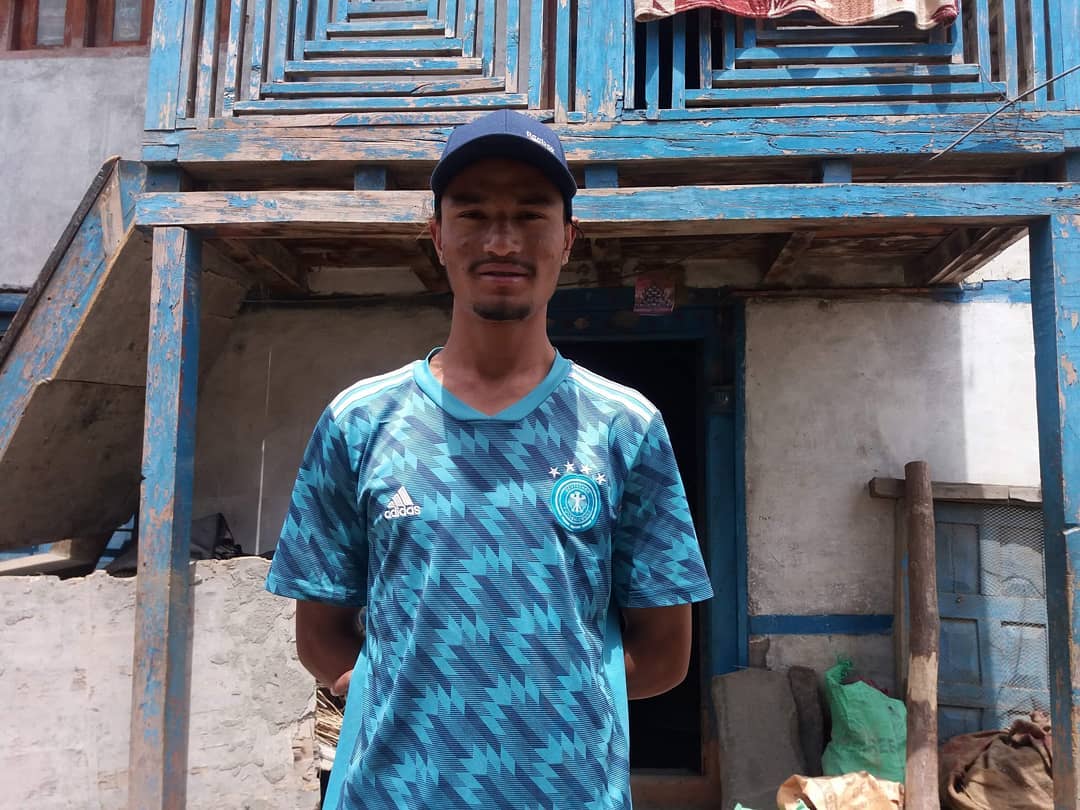No Safety Net by Krishnamaya Upadhayay

Photo: Krishnamaya Upadhayay/ photo.circle
Rabindra Kathayat, 22, arrived home in Jumla, mid-west Nepal, after a long and exhausting journey from Pakistan. He thought he would have to go through rigorous testing on arrival and spend 14 more days in quarantine away from their families. When he arrived at his village, Kathayat was met by his local representatives and told to immediately go home. “There was no one to test us and no space at the quarantine centre,” he says, “I was happy to go home, but I am worried that if I do have the COVID-19 virus, I may infect my family members.”
The Nepal government set up quarantine facilities in schools and other public buildings so that those expatriated to Nepal may be separated for two weeks and won’t spread infection in the community. As these facilities started filling up early in June, and criticism by public health experts and epidemiologists that mass quarantine camps were becoming incubation centres, the Nepal government started encouraging at-home quarantine for asymptomatic patients. The Ministry of Health and Population has developed a guideline for at-home quarantine, but Kathayat says that it is not easy to follow. “How can they expect us to have one bed per room and use separate bathrooms,” says Kathayat adding, “We have limited space and resources, how do we know we are doing it right, no one is checking-in.”
Meanwhile, the ward chair of Chandanath Municipality in Jumla, Jaya Bahadur Rawal says he is helpless. “We have no money to set up proper quarantine facilities, we have absolutely no funds to do PCR tests.” There are 3,656 cases of COVID 19 in the far-west province at present. Nepal also reported 35th death due to COVID-19 this weekend.
Photo/Text: Krishnamaya Upadhayay @purnimashahi572020
Copy Edit: Nisha Rai @nishastoryteller
Edit: Mallika Aryal @mikaness
#nepalphotoproject #nepalnow #quarantine #jumla #lockdown #homequarantine
